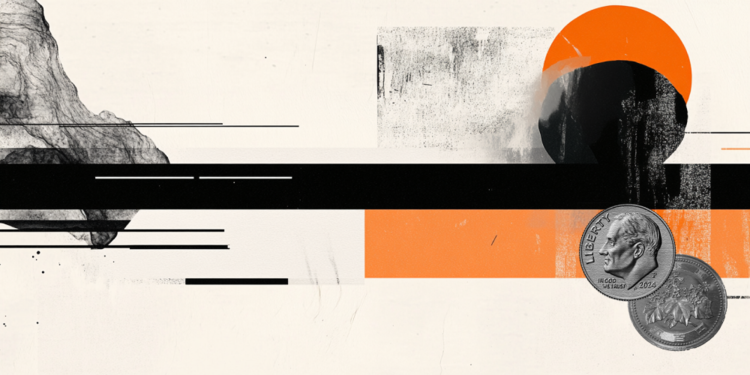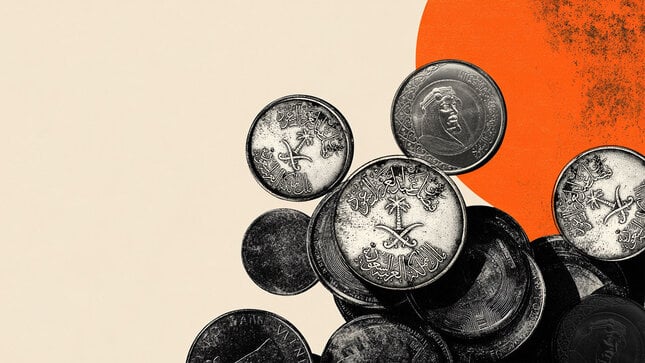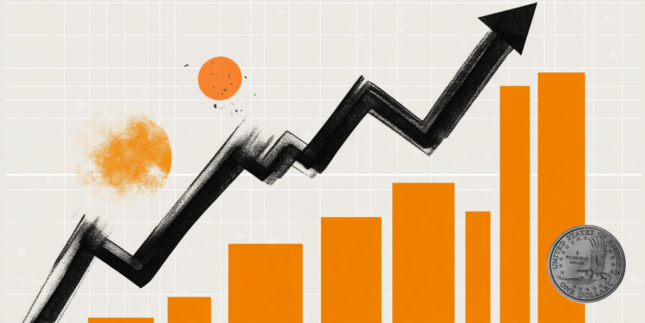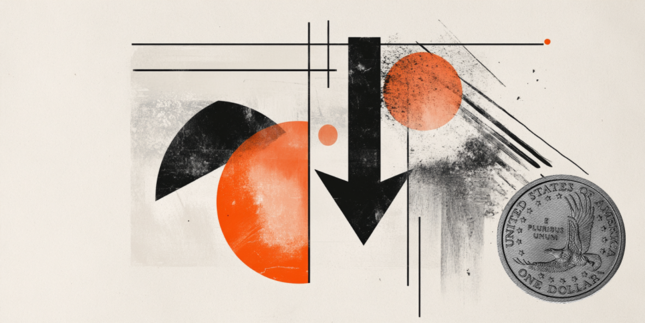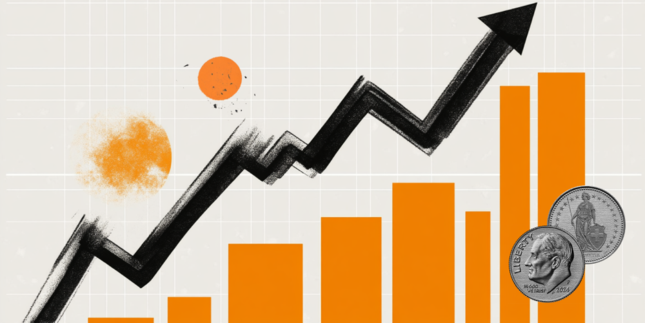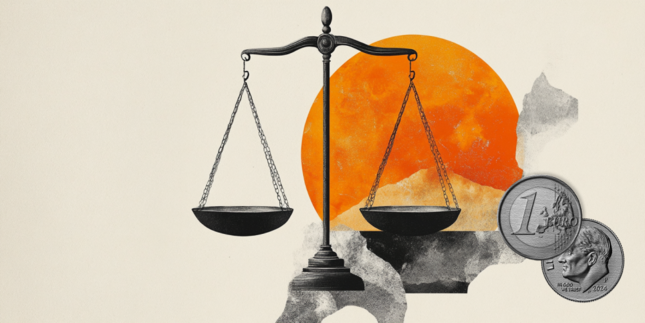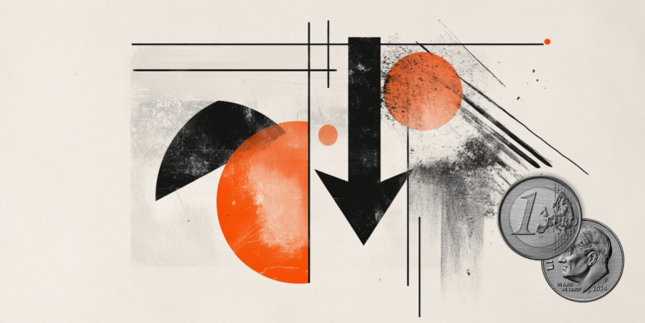Japanese Yen remains on defensive against mildly positive USD, despite US-China trade uncertainty
- The Japanese Yen ticks lower as hopes for a US-China trade deal undermine safe-haven assets.
- Expectations that the BoJ could pause further rate hikes further act as a headwind for the JPY.
- The divergent BoJ-Fed policy expectations should continue to benefit the lower-yielding JPY.
The Japanese Yen (JPY) seesaws between tepid gains/minor losses at the start of a new week and remains close to a nearly two-week low touched against its American counterpart last Friday. Despite mixed signals from the US and China, investors remain optimistic over the de-escalation of trade tensions between the world's two largest economies. This, in turn, is seen undermining the safe-haven JPY, which, along with a modest US Dollar (USD) uptick, assists the USD/JPY pair to move back to the 144.00 neighborhood during the early European session.
Meanwhile, investors now seem to have pushed back their expectations for an immediate interest rate hike by the Bank of Japan (BoJ) due to economic risks from US tariffs. However, signs of broadening inflation in Japan keep the door open for more BoJ rate hikes in 2025, which marks a big divergence in comparison to bets for more aggressive policy easing by the Federal Reserve (Fed). This might hold back the USD bulls from placing aggressive bets and limit losses for the lower-yielding JPY, warranting caution before positioning for any further USD/JPY appreciation.
Japanese Yen is undermined by a combination of factors; downside potential seems limited
- US Treasury Secretary Scott Bessent said on Sunday that he did not know if US President Donald Trump had talked to Chinese President Xi Jinping. Bessent added that he had interactions with his Chinese counterparts last week, but did not mention tariffs.
- Moreover, China has repeatedly denied that any trade talks are occurring with the US. This tempers hopes for a de-escalation of trade tensions between the world's two largest economies and could underpin the safe-haven Japanese Yen at the start of a new week.
- Japan's vice Finance Minister for International Affairs and top currency diplomat, Atsushi Mimura, denied a media report that Bessent had told Japanese Finance Minister Katsunobu Kato at a meeting last week that a weak US Dollar and a strong JPY are desirable.
- Meanwhile, Bessent said in an X post on Saturday that he had very constructive talks with his Japanese counterpart, fueling hopes for an eventual US-Japan trade deal. This turns out to be another factor acting as a tailwind for the JPY during the Asian session.
- Despite high inflation, the Bank of Japan is expected to move cautiously and pause further rate hikes amid concerns that the new US tariffs could shave off 0.5% of Japan's GDP. The BoJ is anticipated to leave rates unchanged at its policy meeting this week.
- However, inflation remains above the 2% target for the third straight year and big firms continue to offer bumper pay hikes this year. This gives the BoJ headroom to tighten its monetary policy in 2025, which supports prospects for a further JPY appreciation.
- In contrast, traders are betting the Federal Reserve will resume its rate-cutting cycle in June and lower borrowing costs by a full percentage point by the end of this year. This fails to assist the US Dollar to build on last week's bounce from a multi-year low.
- Meanwhile, North Korea confirmed on Monday that it has sent troops to fight for Russia in the war with Ukraine. Moreover, US Secretary of State Marco Rubio said the US might abandon its attempts to broker a deal if Russia and Ukraine do not make headway.
- This keeps geopolitical risk premium in play, which, along with the divergent BoJ-Fed policy expectations, suggests that the path of least resistance for the lower-yielding JPY is to the upside.
USD/JPY bulls need to wait for move beyond 144.35 before positioning for further gains

A sustained move beyond the 100-period Simple Moving Average (SMA) on the 4-hour chart will be seen as a key trigger for the USD/JPY bulls against the backdrop of last week's breakout above the 23.6% Fibonacci retracement level of the March-April downfall. Oscillators on the 4-hour chart show positive traction, hinting at an intraday move up, but daily indicators have yet to confirm a positive bias and caution is still warranted. Hence, any subsequent strength beyond the 144.00 mark might confront stiff resistance near the 144.35 region, or the 38.2% Fibo. level. Some follow-through buying, however, should pave the way for some meaningful upside in the near term.
On the flip side, the 143.25 area, closely followed by the 143.00 round figure, now seems to protect the immediate downside. Any further slide might continue to attract some dip-buyers near the 142.60 area or the 23.6% Fibo. This should help limit the downside near the 142.25 support zone. However, a convincing break below the latter, leading to a subsequent break through the 142.00 round figure, could make the USD/JPY pair vulnerable to weaken further towards the mid-141.00s en route to the 141.10-141.00 region. The downward trajectory could extend further towards intermediate support near the 140.50 area and expose the multi-month low – levels below the 140.00 psychological mark touched last week.
US Dollar PRICE Today
The table below shows the percentage change of US Dollar (USD) against listed major currencies today. US Dollar was the strongest against the Australian Dollar.
| USD | EUR | GBP | JPY | CAD | AUD | NZD | CHF | |
|---|---|---|---|---|---|---|---|---|
| USD | 0.19% | 0.12% | 0.10% | 0.07% | 0.26% | 0.25% | 0.07% | |
| EUR | -0.19% | -0.13% | -0.11% | -0.14% | -0.03% | 0.05% | -0.14% | |
| GBP | -0.12% | 0.13% | 0.04% | 0.00% | 0.09% | 0.18% | 0.00% | |
| JPY | -0.10% | 0.11% | -0.04% | -0.01% | 0.18% | -1.26% | 0.22% | |
| CAD | -0.07% | 0.14% | -0.01% | 0.00% | 0.06% | 0.18% | 0.02% | |
| AUD | -0.26% | 0.03% | -0.09% | -0.18% | -0.06% | 0.09% | -0.09% | |
| NZD | -0.25% | -0.05% | -0.18% | 1.26% | -0.18% | -0.09% | -0.17% | |
| CHF | -0.07% | 0.14% | -0.01% | -0.22% | -0.02% | 0.09% | 0.17% |
The heat map shows percentage changes of major currencies against each other. The base currency is picked from the left column, while the quote currency is picked from the top row. For example, if you pick the US Dollar from the left column and move along the horizontal line to the Japanese Yen, the percentage change displayed in the box will represent USD (base)/JPY (quote).
Forex News
Keep up with the financial markets, know what's happening and what is affecting the markets with our latest market updates. Analyze market movers, trends and build your trading strategies accordingly.
